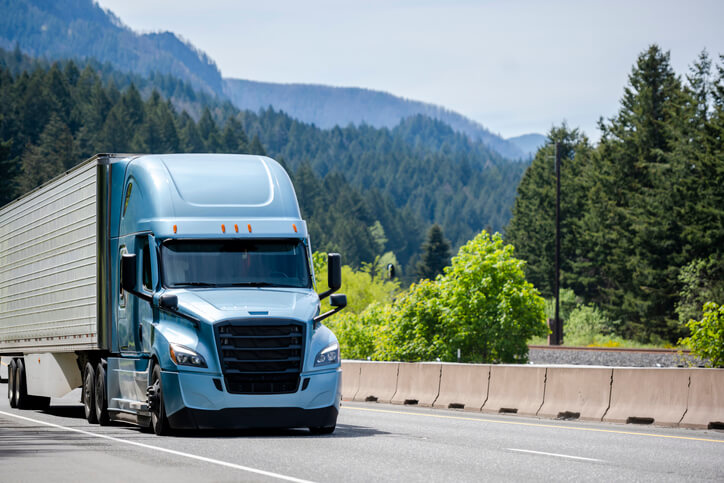Many crashes occur when a passenger vehicle is in the blind spot of a large truck or bus. A lot of drivers of passenger vehicles simply aren’t mindful of these blind spots, so they treat tractor-trailers just like regular cars, often with deadly results.
This article discusses common truck blind spots and how to avoid them. Knowing where a big rig’s blind spots and danger areas are could save your life. Still, in spite of your best efforts, you may get caught up in a collision with a large truck. If you’re injured in a big truck crash, an Arkansas big truck accident attorney can help you pursue money damages for your losses.
Where the Blind Spots for Tractor-Trailers and Buses Are Located
The National Highway Transportation Safety Administration (NHTSA) explains that “No-Zones” are danger areas around trucks and buses where crashes are more likely to occur. Some of these “No-Zones” are actual blind spots where your car “disappears” from the view of the truck or bus driver. NHTSA identifies the following:
- Side No-Zones
- Rear No-Zones
- Front No-Zones
How to Avoid a Large Truck’s No-Zones
First, don’t hang out in the blind spots on the sides of large trucks. Those blind spots run from the front area of the truck or bus to the back, along the sides, and extend outward for a distance equivalent to more than one lane. On the driver’s side, the truck’s blind spot starts immediately to the left of the driver’s seat and continues straight left for at least a lane. From that point, it extends backward at an angle to the rear of the large truck or bus. The blind spot on the right side starts at the front tip of the right side of the truck or bus and extends well beyond the length of the trailer or rear of the big rig.
Second, avoid tailgating. The driver of the large truck cannot see your vehicle when you’re tailgating. In addition to being “invisible” to the truck driver, you cannot see what’s happening on the road ahead of the truck when you tailgate. You might not be able to stop in time if the truck suddenly brakes. You should allow at least one full tractor-trailer length of distance between you and the large truck in front of you (rule of thumb: when traveling behind a tractor-trailer or bus, make sure you can see the truck or bus driver’s side mirrors).
Third, pass safely, and don’t cut in front of a tractor-trailer or bus when you pass one. Big rigs need more room to stop than passenger vehicles so you must allow more distance to pass safely, leaving plenty of room between the back of your vehicle and the front of the truck or bus.
Sometimes, it seems impossible to avoid a truck’s “No-Zones,” especially when there’s heavy traffic. Still, avoid them when you can, even if that means increasing your speed to overtake the truck or decreasing your speed to hang back from the truck. If at all possible, you do not want to spend any unnecessary time in these areas. You can talk to an Arkansas personal injury attorney about pursuing a claim or lawsuit against the at-fault driver if you’ve been hurt in a collision with a tractor-trailer or bus. We’re happy to offer a free, initial consultation. Contact our office today.

